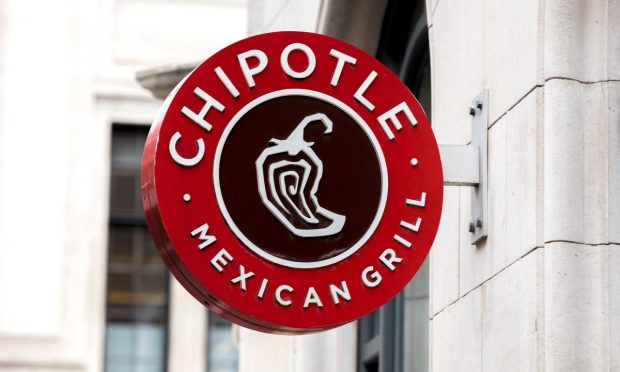Chipotle Check Sizes Shrink as Consumers Shift From Family Dining to Individual Ordering

Throughout the worst phases of the pandemic, major restaurant brands saw order sizes grow as consumers, stuck inside with their family or other cohabitants, opted for group orders for shared meal occasions.
Now, as consumers have returned to their lives away from home, average check size is decreasing.
On a call with analysts Tuesday (July 26) discussing the brand’s second quarter fiscal year 2022 financial results, Newport Beach, California-based fast-casual giant Chipotle Mexican Grill — which has more than 3,000 locations across five countries — noted a concurrent shift away from digital ordering towards on-premises sales.
The brand’s Chief Financial Officer, Jack Hartung, noted that with this turn to in-store sales, the digital transaction mix fell 6% and the average group size decreased around 4.5%.
“Even within the in-restaurant customers, the group size did shrink a little bit, so I don’t know if I would connect those dots,” Hartung said. “But if you’re seeing other evidence that families are returning to the way that they were dining four years ago, where they’re not all getting together and dining together, that could be at play.”
He added that the company is seeing a return to pre-pandemic dining behaviors in other areas as well, highlighting the brand’s performance with college students. Specifically, the restaurant performs better with this demographic when school is in session, and then sales with these consumers dip over school breaks.
The shift away from digital ordering towards dining habits that more closely resemble the late 2010s poses a potential risk to customer loyalty.
“There is a higher attachment rate to digital,” Hartung said. “So, when you see people move from digital to an in-restaurant visit, then you also see a return to less attachment.”
Still, many consumers continue to order online. Research from the July edition of PYMNTS’ monthly ConnectedEconomy™ study, “The ConnectedEconomy™ Monthly Report: The Rise of the Smart Home,” found that more than half (53%) of all consumers had ordered food for pickup or delivery from a restaurant’s website or app in the previous month.
Read more: New Data Shows Convenience Drove Smart Home Upgrades for 83M Consumers in 2022
Additionally, 43% reported having ordered from a third-party aggregator such as DoorDash or Uber Eats in the same period.
Moreover, according to findings from the 2022 edition of PYMNTS’ Restaurant Readiness Index, created in collaboration with Paytronix, 37% of restaurants that bring in more than $1 million in revenue generate the majority of their sales through digital channels, and another 22% generate between a quarter and half of their sales through these channels.
See also: More Than Half of Restaurants Depend on Digital Sales, Despite Uptick in On-Premises Orders
As Paytronix CEO and co-founder Andrew Robbins wrote in the PYMNTS eBook “Baseline 2022: What the Next Six Months Holds,” “Restaurants must consider the full customer journey across both the digital and physical spaces to ensure alignment and avoid the friction that may cause customers to abandon their orders in frustration.”
